Defined Contribution Pension Transfer (DC Pension Transfer)
Learn more about your options when transferring a defined contribution pension.

What is a defined contribution pension?
A defined contribution (DC) pension is built up through your contributions, tax relief and employer contributions. This money is invested over time to provide you with a pot of money for retirement.
When you turn 55 (57 from 2028), you can choose how to take your retirement income.
Can I transfer a defined contribution pension?
Yes, you can transfer a defined contribution pension to a new provider.
When you transfer, the funds in your old scheme are moved into your new pension. It is often possible for you to keep your existing investments when you transfer.
Most providers will arrange the transfer for you. Your existing provider may charge an exit fee when you transfer.
What types of defined contribution pension can I transfer?
Almost all defined contribution pensions are transferable. The main types of DC pension are workplace and personal pensions (such as a SIPP).
Workplace pensions
You can transfer workplace pensions to a new provider. However, before transferring your current workplace pension, check whether your employer will continue to make contributions. If your employer is not willing to contribute to a different pension scheme, your pension value may suffer in the long term.
Many people choose to transfer their workplace pension when they change jobs. There are potential benefits, such as lower fees and the convenience of having multiple pension pots in one place.
Personal pensions
Personal pensions, such as self-invested personal pensions (SIPPs) and stakeholder pensions, tend to be flexible and transferring them is relatively straightforward. Stakeholder pension schemes do not charge exit fees when you transfer. Some SIPPs may charge fees for transferring.
Why might I consider transferring my defined contribution pension?
Potential benefits of transferring your defined contribution pension include:
- Control - If you have a number of pension pots, you could make managing your finances easier by transferring them into one scheme.
- Lower fees - You could save thousands in the long-term by switching to a provider which charges lower fees.
- Wider choice of investments - Many older pension schemes offer a limited choice of funds. You could access a far wider range of investment options by transferring. With the ii SIPP, you have access to over 40,000 investment options.
However, transferring your defined contribution pension may have disadvantages. For example:
Loss of safeguarded benefits - Some older defined contribution pensions have benefits which are no longer available and would be lost if you transfer. These benefits include guaranteed annuity rates and the option to take more than 25% of your pension as tax-free cash.
Fees - Some providers charge high exit fees – check for fees before transferring.
Tax benefit from pensions worth under £10,000 - You may be able to take a small pension worth under £10,000 tax-free without triggering the money purchase annual allowance which reduces the amount you can pay into your pension and still get tax relief. You can only take up to three small pots in your lifetime.
Important information: The ii SIPP is for people who want to make their own decisions when investing for retirement. As investment values can go down as well as up, you may end up with a retirement fund that’s worth less than what you invested. Usually, you won’t be able to withdraw your money until age 55 (57 from 2028). Before transferring your pension, check if you’ll be charged any exit fees and make sure you don't lose any valuable benefits such as guaranteed annuity rates, lower protected pension age or matching employer contributions. If you’re unsure about opening a SIPP or transferring your pension(s), please speak to an authorised financial adviser.
Defined contribution pension transfer FAQs
The ii SIPP is aimed at clients who have sufficient knowledge and experience of investing to make their own investment decisions and want to actively manage their investments. A SIPP is not suitable for every investor. Other types of pensions may be more appropriate. The value of investments made within a SIPP can fall as well as rise and you may end up with a fund at retirement that’s worth less than you invested. You can normally only access the money from age 55 (age 57 from 2028). Prior to making any decision about the suitability of a SIPP, or transferring any existing pension plan(s) into a SIPP we recommend that you seek the advice of a suitably qualified financial adviser. Please note the tax treatment of these products depends on the individual circumstances of each customer and may be subject to change in future.